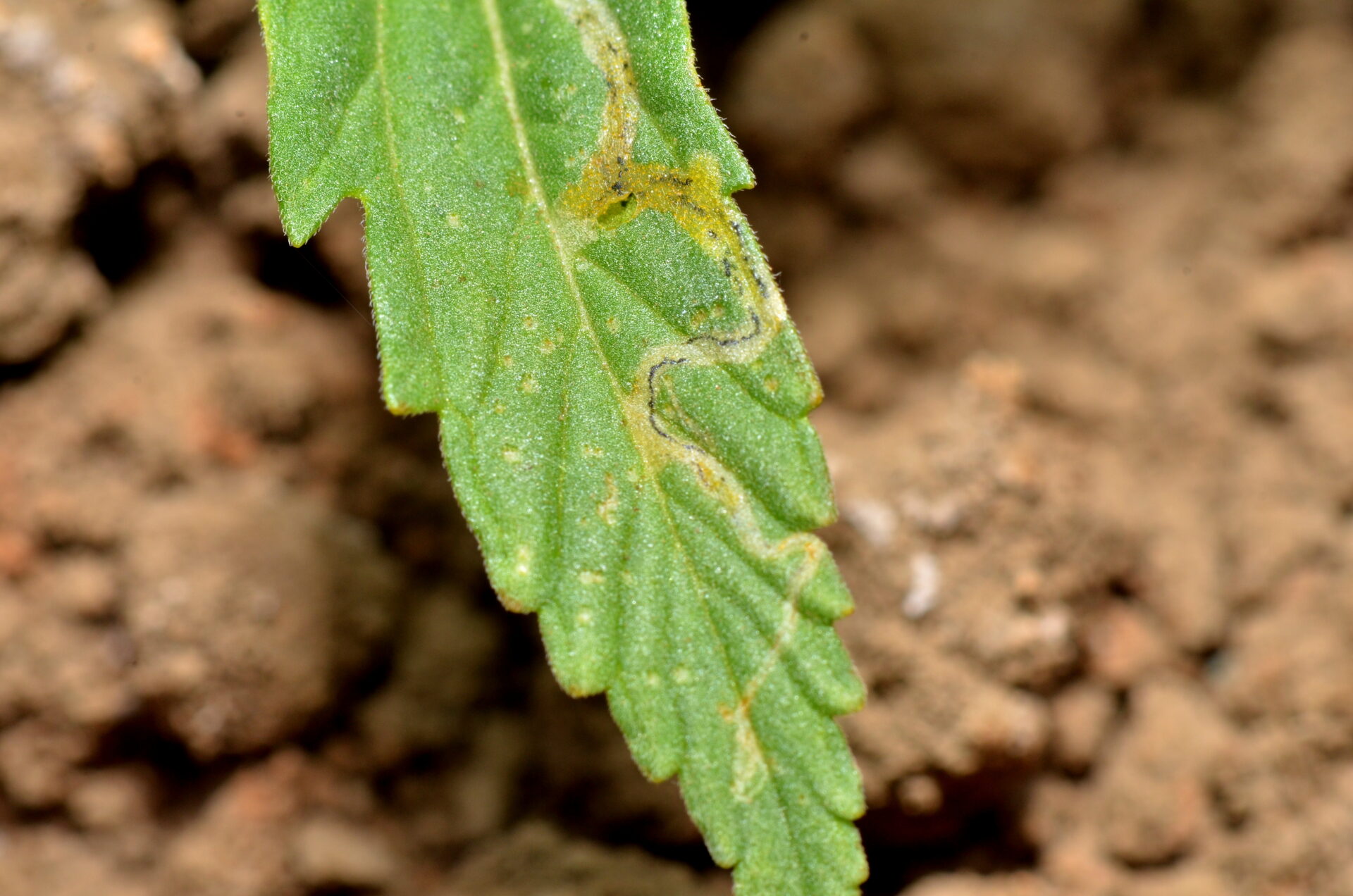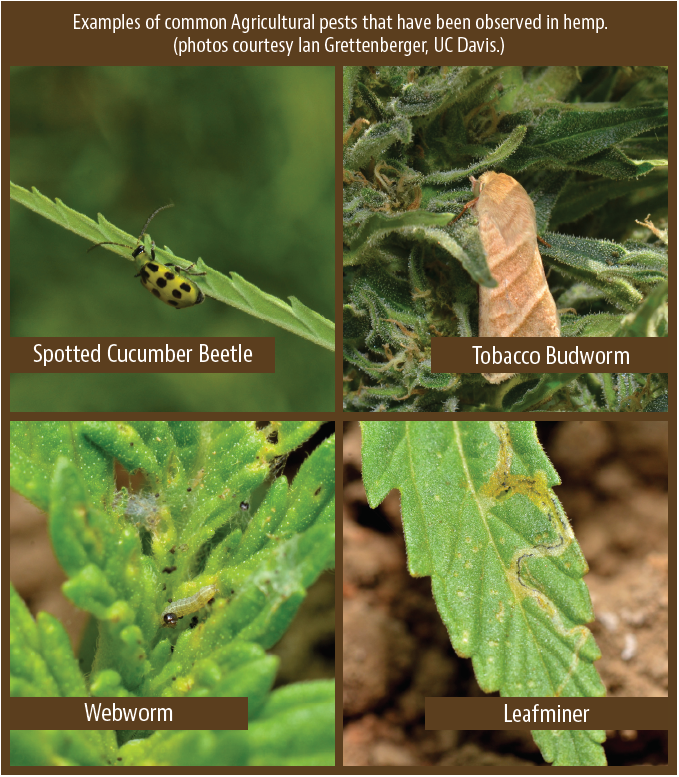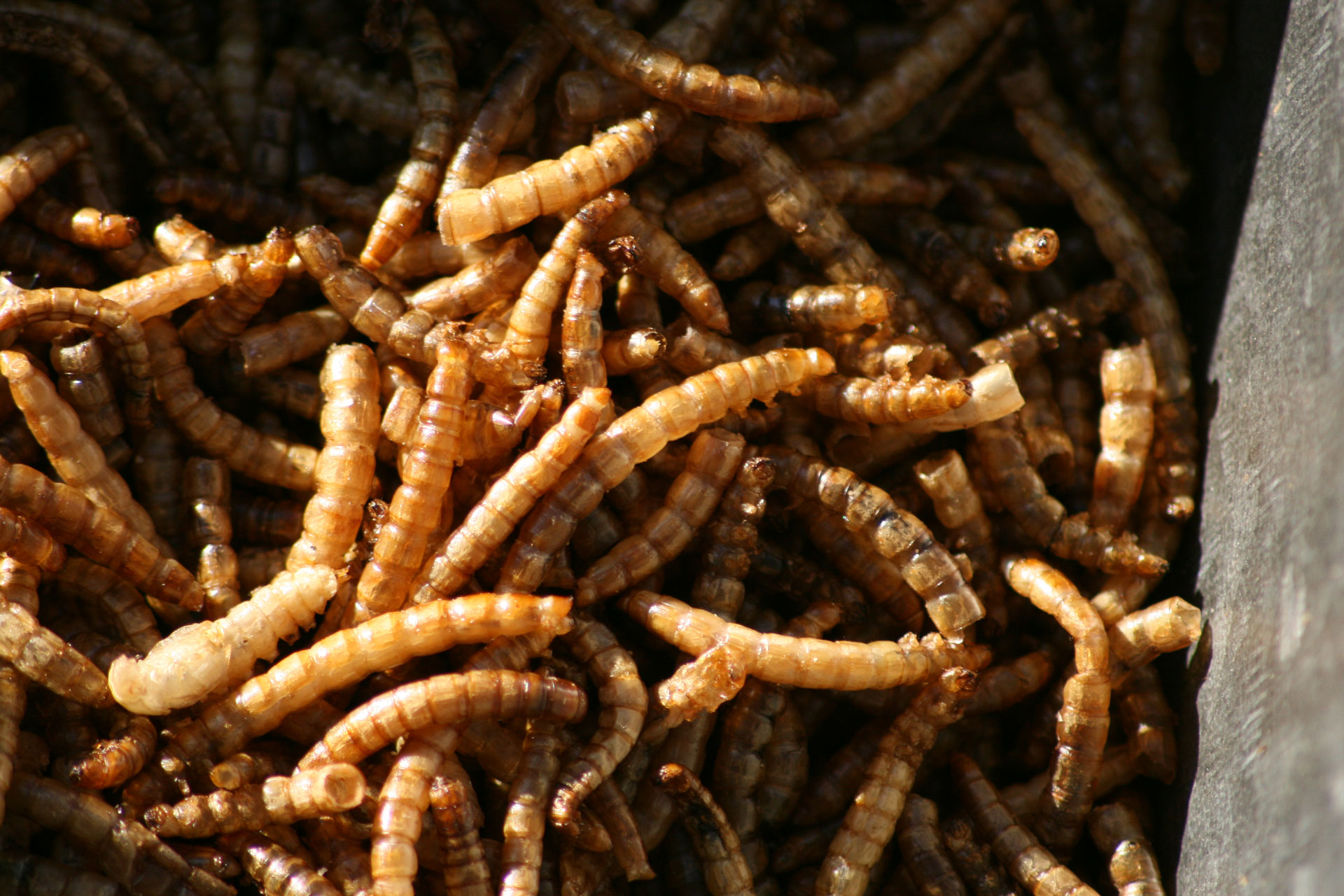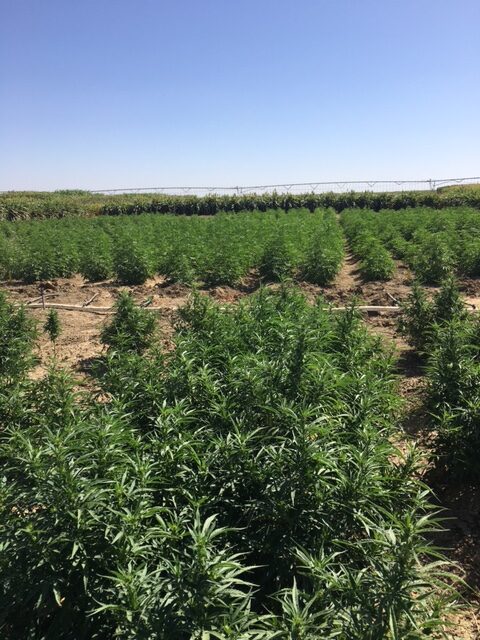Hemp (Cannabis sativa) is an emerging crop in California, with cultivars of industrial hemp legalized for production in the 2018 Farm Bill. By definition, industrial hemp may not contain more than 0.3% of the psychoactive compound THC in the parts of the plants sampled and regulated by the state. Hemp has various end uses ranging from fiber to flower buds to grain seed, however most growers in California are growing hemp for the cannabinoid CBD. Hemp cultivars can be dioecious or monoecious, but hemp cultivars grown for CBD have primarily been dioecious types (male and female flowers on separate plants,) with female plants grown for CBD production.
Pests in Hemp
Since hemp is a new commodity, pest challenges are still being observed and monitored. Certain agricultural pests have been observed on industrial hemp in California, but it is not yet known which cause significant crop damage or yield loss.
We know that tobacco budworm and corn earworm can cause severe flower damage. Webworms appear to cause damage to young stands when plants are small, but it is not clear whether hemp plants can grow out of it. Some other known agricultural insect pests have been observed on hemp, including leaf miners, spotted cucumber beetle, adult whitefly, lygus and mites. However, crop loss has not been confirmed for any of these species. While some of these pests can cause visible but minor damage to hemp plants (e.g. leaf miners), it is not clear if the damage is ever severe enough to affect crop yields. Many beneficial insects like dragonflies, native bees and honeybees have also been seen in these hemp fields.
Some diseases have also been observed on industrial hemp. Some, like beet curly top virus and Botrytis blight, appear to be problematic. Others like powdery mildew have been observed, but disease pressure was very mild and did not require treatment. Gopher damage to root systems has also been observed in drip-irrigated fields. More research is needed to identify important pests of hemp, determine which pests require management and develop IPM practices. In addition, it is unknown what pest pressure may build up in the landscape in the future as more and more acres of hemp are planted in the state.
Managing Pests in Hemp
Hemp is a highly regulated commodity, and regulations are changing to meet industry and environmental safety needs. Talk to your Agricultural Commissioner if you are interested in growing hemp. Pesticides that can be used in hemp are currently limited.
What determines if a pesticide can be used on hemp? The product must meet three requirements in order to be legal for application on hemp:
- Exempt residue tolerance requirements.
- Exempt from registration.
- Use of the product would not be legally considered a use in conflict with the registered label.
What does this mean? Basically, a product that is labeled broadly enough to not be excluded from application to hemp can be applied. Generally, these tend to be “softer” chemicals; however, these products still come with risks, so care should be taken to follow the label and make safe and effective sprays.
Bee Safety
Although most industrial hemp plants are female, the seed feminization process is never 100% true, and males will be present in the field. Male hemp plants shed a lot of pollen, making them attractive to native bees and honeybees. Bee Safe practices should be followed when managing pests in hemp. See a previous article in the August/September issue of Organic Farmer on Protecting Bees in Hemp Production for more information.









